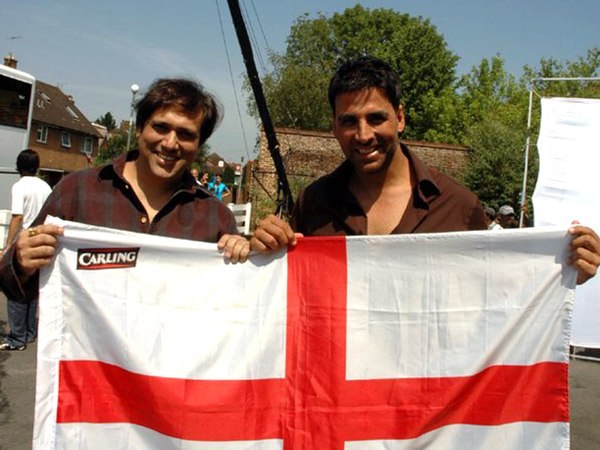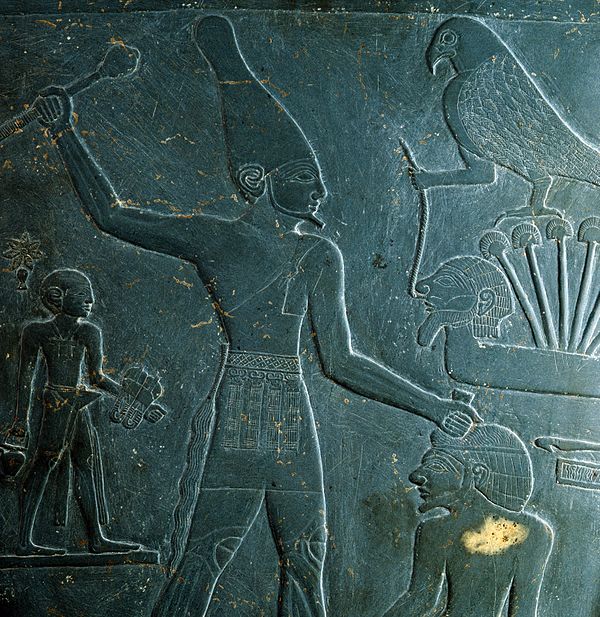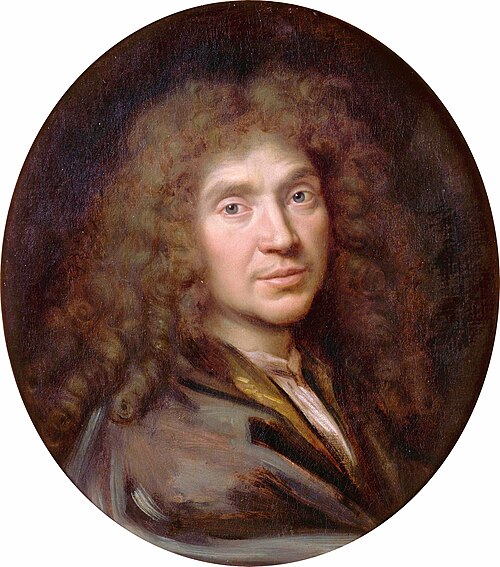Govinda (actor)
Videos
Page
Govind Arun Ahuja known mononymously as Govinda, is an Indian actor, comedian, dancer, singer and politician, who has appeared in more than 165 Hindi-language films. Considered one of the greatest and most culturally significant Indian actors of all time, Govinda is known for his slapstick performances and dancing skills. He has received 12 Filmfare Award nominations and won two Filmfare Special Awards and one Filmfare Award for Best Comedian. In June 1999, he was voted the tenth-greatest star of stage or screen in last thousand years by BBC News Online poll.

Govinda in 2013

Left to right, David Dhawan, Govinda, and Chunky Pandey at a birthday party for Bobby Deol

Anil Kapoor, Govinda and his wife at the 2014 IIFA

Govinda (left) with Akshay Kumar on the set of Bhagam Bhag
Mononym
Videos
Page
A mononym is a name composed of only one word. An individual who is known and addressed by a mononym is a mononymous person.

Plato, Greek philosopher

Narmer, ancient Egyptian pharaoh

Pocahontas

Molière, 17th-century French dramatist